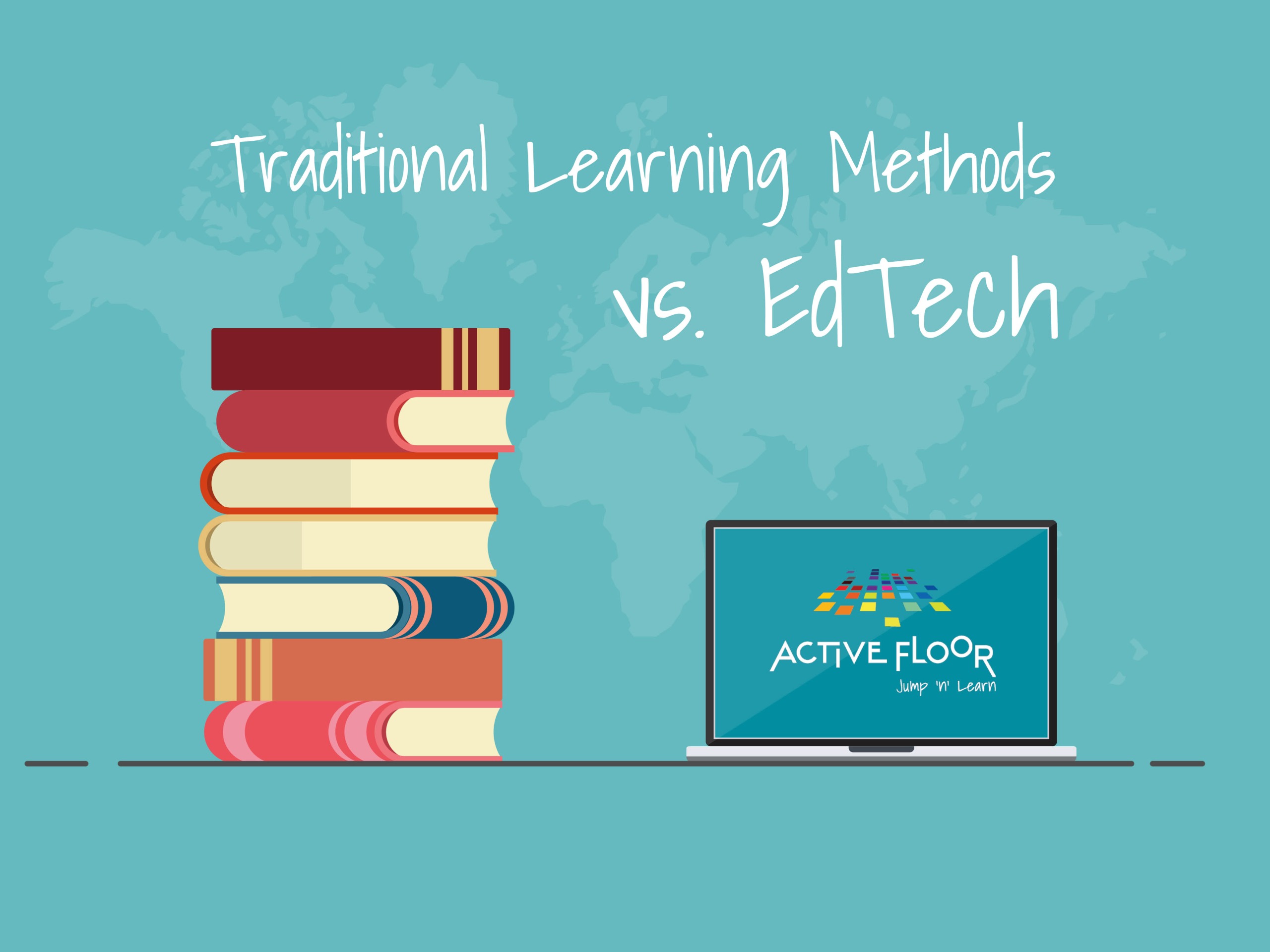Traditional Learning Methods vs. Education Technologies (EdTech).
Traditional learning methods and the debate about didactic considerations in schools have intensified in recent years, especially with the introduction of various digital technologies in education. A focal point of this debate has been the question of whether digital learning makes students lazy, and whether books still hold an enriching value.
Traditional learning methods are up for reconsideration, as it’s undeniable that digital technology has made its way into schools. The question now is: How much should they dominate? Some view it as a threat to learning, as students might become distracted by the many possibilities offered by screens. There’s also a prevailing belief that excessive screen time can lead to fatigue and concentration problems. In comparison, books, which offer a more linear and focused reading experience, might seem more suitable for learning.
On the other hand, we must acknowledge that books also have their downsides. Reading a book for hours on end can result in fatigue and lack of engagement for some students. This is where digital technology comes in as a potential game-changer. Interactive learning tools, online resources, and adaptive learning can provide students with opportunities to engage in new ways and have instruction tailored to their individual needs.
Traditional Learning Methods vs. EdTech – What do we know from past experience?
One of the most interesting examples and a past technological debate was the introduction of calculators in mathematics. Concerns back then were that this would result in mathematical illiteracy, with students losing the ability to perform simple calculations without technological help. Surprisingly, the introduction of calculators didn’t have a negative impact. On the contrary, it freed up time for a deeper understanding of mathematical concepts and problem-solving.
What is the best balance between traditional learning methods and educational technologies?
The question of effectively using screens in education remains relevant. Proper screen use involves finding the right balance between traditional learning methods and educational technologies. Screens should be used as tools to enhance learning, not replace it. This requires competent teachers who can utilize technology to create engaging and interactive learning experiences for each student. However, this can put significant pressure on individual teachers, so resources or systems that make this process more manageable should be considered. For instance, an official categorization could provide a better overview.
Similarly, differentiation of EdTech can be crucial. One technology rarely fits all students. Some may benefit from technologies that assist with reading difficulties, while others might gain from interactive learning tools, especially when it’s hard to sit still and maintain focus. It’s important to identify and adapt technologies to individual needs and learning styles.
The future seems to be marked by an even greater integration of digital technologies into education. For instance, the creation of the European Digital Education Hub by the EU signals a commitment to utilize the potential of technology in schools. However, this development must be accompanied by critical reflection and assessment of technology’s impact on learning and development.
Ultimately, it’s about embracing the best of both worlds. Both digital tools and traditional learning materials have their place in education. Constant consideration and adaptation are required to achieve the most enriching learning experience for students. Didactic considerations should always remain a focus, regardless of the technology used.
Start the future today with ActiveFloor!
ActiveFloor is an interactive educational universe that promotes active and playful learning. It’s a learning tool that makes it easy to get students out of their seats and creates an active teaching environment focused on movement and play. With a game library of over 10,000 games and the ability to create custom games, it’s easy to implement and use for any teacher, regardless of language, subject, grade level, or activity level.







